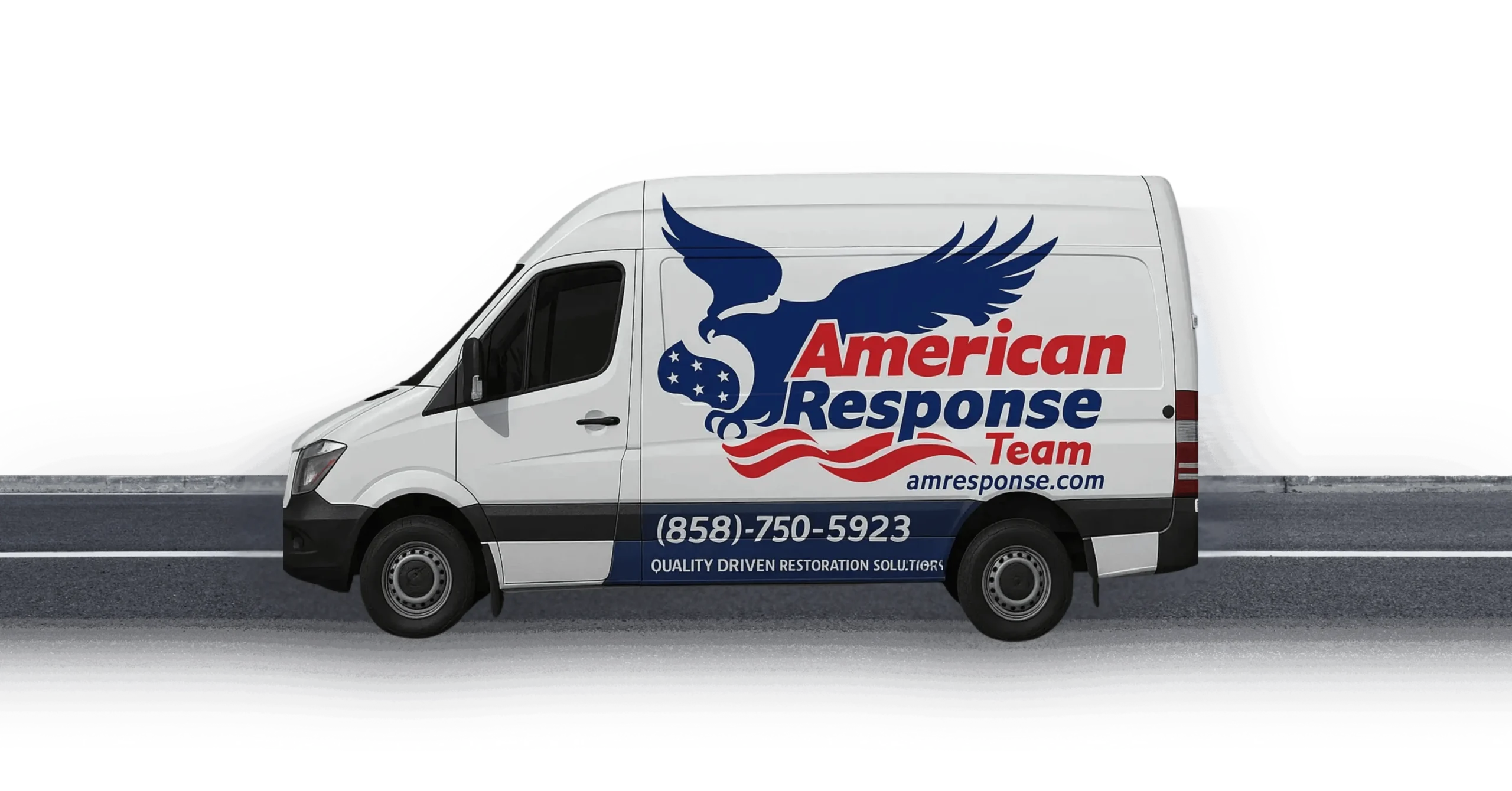When water damage hits your California home, knowing what to expect from your insurance payout can help you plan better. The average insurance payout water damage in California ranges from $11,000 to $14,000, but your actual settlement depends on many factors. Let’s break down everything you need to know about water damage insurance payouts in the Golden State.
California Insurance Payout Statistics
California homeowners face unique water damage challenges that affect their insurance payouts. Recent data shows that the average insurance payout water damage claims in California fall between $11,605 and $13,954 per claim, according to multiple industry sources.
Here’s what the numbers tell us about California water damage claims:
• Average payout range: $11,000 to $14,000 per claim
* Claims frequency: About 1 in 60 homes file water damage claims yearly
* California ranking: Tops the nation for non-weather water damage claim costs
* Common causes: Burst pipes, appliance failures, and roof leaks
The California Department of Insurance reports that water damage claims make up about 27% of all homeowners insurance claims statewide. This high percentage means insurance companies in California have developed specific processes for handling these claims.
California’s older housing stock and unique weather patterns contribute to higher water damage incidents. Many homes built before 1980 have aging plumbing systems that are more likely to fail. When these failures happen, the average insurance payout water damage can vary significantly based on the home’s age and condition.
Professional restoration companies like American Response Team work directly with insurance companies to ensure homeowners receive fair payouts. Their expertise in documenting damage helps maximize settlement amounts while ensuring proper restoration.
5 Key Factors That Affect Claim Amounts
Your average insurance payout water damage settlement depends on several important factors. Understanding these can help you better estimate what to expect from your claim.
1. Type of Coverage You Have
Most California homeowners have either replacement cost or actual cash value coverage. Replacement cost coverage pays for new materials and labor at current prices. Actual cash value coverage deducts depreciation from your payout, which can significantly reduce your settlement amount.
2. Source and Cause of Water Damage
Insurance companies carefully examine what caused your water damage. Sudden events like burst pipes or appliance failures typically receive full coverage. Gradual damage from slow leaks or poor maintenance often gets denied or receives reduced payouts.
3. Speed of Response and Documentation
Quick action can significantly impact your average insurance payout water damage settlement. Homeowners who document damage immediately and contact professionals like certified restoration specialists often receive higher payouts than those who delay.
4. Extent and Classification of Damage
Water damage gets classified into four categories, from minor (Class 1) to severe (Class 4). The EPA recommends proper documentation of damage extent to ensure accurate claim assessment.
5. Quality of Restoration Documentation
Professional restoration companies provide detailed documentation that insurance companies trust. Services like mold inspection and proper drying procedures create paper trails that support higher settlement amounts.
4 Proven Ways to Maximize Your Settlement
Getting the best possible average insurance payout water damage settlement requires smart planning and quick action. These strategies can help you maximize your claim value.
Document Everything Immediately
Take photos and videos of all damage before cleanup begins. Document the water source, affected areas, and damaged belongings. Create a detailed inventory with purchase dates and values when possible. This documentation becomes crucial evidence for your claim.
Act Fast to Prevent Further Damage
California insurance law requires homeowners to take reasonable steps to prevent additional damage. Contact emergency services like water damage emergency response teams within hours of discovery. Save all receipts for emergency repairs and mitigation efforts.
Work with Certified Professionals
Insurance companies trust documentation from certified restoration professionals. Companies that provide services like flood restoration and sewage cleanup understand insurance requirements and can help maximize your payout.
Get Multiple Repair Estimates
Obtain at least three estimates from licensed contractors. This gives you negotiating power if the insurance adjuster’s estimate seems low. Professional restoration companies can provide detailed estimates that justify higher settlement amounts.
Remember that your average insurance payout water damage settlement is often just the starting point for negotiations. Having proper documentation and professional support can increase your final payout significantly.
3 Common Reasons When Claims Get Denied
Understanding why water damage claims get denied can help you avoid these pitfalls and protect your average insurance payout water damage settlement.
Maintenance-Related Issues
Insurance companies frequently deny claims for damage they consider preventable through proper maintenance. This includes slow leaks that developed over time, worn-out plumbing, or damage from neglected repairs. Keep maintenance records to prove you’ve properly cared for your home.
Flood Damage Exclusions
Standard homeowners insurance doesn’t cover flood damage from external sources like rising water or storm surge. The National Flood Insurance Program provides separate coverage for these events. Many California homeowners mistakenly assume their regular policy covers all water damage.
Delayed Reporting and Poor Documentation
Insurance companies may deny claims when homeowners wait too long to report damage or fail to provide adequate documentation. California law requires “prompt” reporting, though specific timeframes vary by policy. Professional services like leak detection can help identify problems early.
To avoid denial, contact your insurance company immediately after discovering water damage. Take photos, stop additional damage if possible, and contact professional restoration services. Companies that handle fire damage restoration often also provide water damage services and understand insurance requirements.
Professional vs DIY Restoration Costs
The choice between professional and DIY restoration significantly impacts your average insurance payout water damage settlement and long-term costs.
Professional Restoration Benefits
Professional restoration typically costs $1,300 to $6,000 for standard water damage, but insurance companies often cover these costs fully when the work meets industry standards. Certified professionals provide documentation that insurance companies accept without question.
Professional services include:
• Industrial-grade water extraction equipment
* Moisture detection and monitoring tools
* Professional-grade dehumidifiers and air movers
* Antimicrobial treatments to prevent mold
* Detailed documentation for insurance claims
Services like mold remediation and reconstruction require specialized equipment and expertise that most homeowners don’t possess.
DIY Restoration Risks
While DIY restoration might seem cost-effective, it often leads to problems that reduce your insurance payout. Insurance companies may question DIY work quality and refuse to cover future damage from improper restoration.
Common DIY problems include:
• Incomplete moisture removal leading to mold growth
* Inadequate documentation for insurance claims
* Hidden damage that goes undetected
* Structural issues from improper drying techniques
The EPA recommends professional remediation for water damage covering more than 10 square feet or involving contaminated water.
Making the Right Choice
For minor water damage (Class 1), homeowners might handle cleanup themselves. However, anything involving significant water volume, contaminated water, or structural damage requires professional intervention. The cost of professional restoration often pays for itself through higher insurance settlements and prevention of future problems.
When evaluating your options, consider that the average insurance payout water damage settlement often covers professional restoration costs in full. This makes professional services essentially free while providing better outcomes than DIY approaches.
Remember that water damage restoration is just the beginning. Many properties require additional services like biohazard cleanup or comprehensive reconstruction to fully restore the property.
Getting Help with Your Water Damage Claim
Understanding your average insurance payout water damage potential helps you make informed decisions about restoration and recovery. California homeowners dealing with water damage don’t have to navigate the insurance process alone.
Professional restoration companies provide more than just cleanup services. They serve as advocates throughout the insurance process, helping document damage properly and communicate effectively with adjusters. This partnership often results in faster claim processing and higher settlement amounts.
If you’re dealing with water damage in San Diego County, contact American Response Team at 858-750-5923 for immediate assistance. Their certified professionals understand California insurance requirements and can help maximize your claim while properly restoring your property.
Don’t let water damage overwhelm you. With proper documentation, quick action, and professional support, you can achieve a fair insurance settlement that covers your restoration costs and gets your life back to normal.

